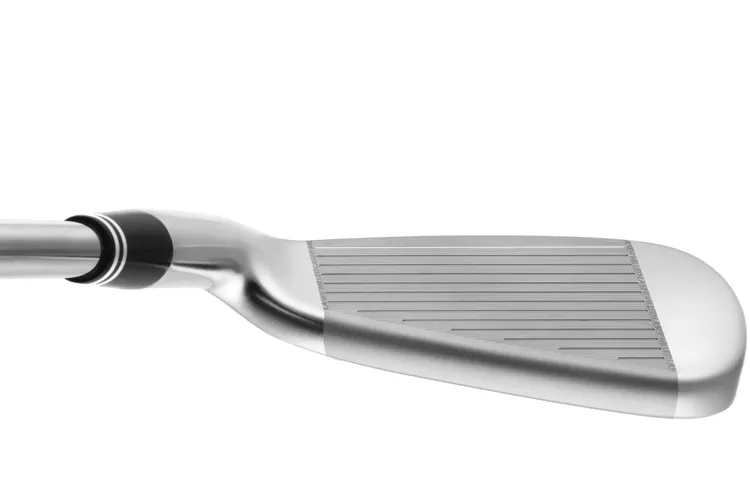Summary
Understanding Golf Club Offset
Offset is a design feature found in golf clubs, originally specific to game-improvement clubs but now prevalent in most irons, woods, and hybrids. When the leading edge of a clubface is set back from the hosel or neck, this is referred to as “offset.” Essentially, the shaft appears to be ahead of the clubface when offset is present.
Tom Wishon, an experienced golf club designer and founder of Tom Wishon Golf Technology, defines offset succinctly:
“Offset is a design condition in clubheads in which the neck or hosel of the head is positioned in front of the face of the clubhead, so that the clubface appears to be set back a little from the neck of the club. (Put another way, offset is the distance that the forward side of the neck/hosel of the clubhead is set in front of the bottom of the face of the clubhead.)”
Although offset originated in putters to assist golfers in getting their hands ahead of the ball at impact, it is now commonly utilized in most irons, hybrids, and woods, particularly aimed at mid- to higher-handicappers. Nowadays, even golf clubs designed for low-handicap golfers usually exhibit small amounts of offset.
Two Big Benefits When a Golf Club Has Offset
According to Wishon, “When a wood or ironhead is designed to have more offset, two game improvement factors automatically occur, each of which can help the golfer.”
These two benefits of an offset design include:
- Squaring the Clubface: The more offset present, the longer golfers have on the downswing to rotate the clubface into a square position at impact. Consequently, this can reduce slicing or fading the ball.
- Higher Launch: More offset places the clubhead’s center of gravity farther back from the shaft, facilitating a higher trajectory for any given loft. This is especially beneficial for golfers who struggle to get the ball airborne.
Does Offset Really Help Fight a Slice?
Yes, the effect of offset is more pronounced in woods compared to irons, as noted by Wishon.
“With offset, the clubface arrives at impact a split second later than with a clubhead that has no offset, allowing for slightly more rotation of the golfer’s hands to achieve a square position,” says Wishon.
The influence of offset is greater in woods than in irons because:
“One, woods have less loft than irons, which means the slice from an open face at impact is greater. Two, the difference between a typical woodhead—with the face in front of the neck—and an offset wood is greater than the difference in a non-offset iron and an offset iron.”
The Amount of Offset Varies in Golf Club Design
The amount of offset in any given golf club largely depends on the manufacturer and its target audience. Clubs designed for better players typically feature less offset (or none), while those meant for higher handicappers usually have more offset. In a set of clubs, longer clubs generally exhibit more offset, whereas shorter clubs like wedges tend to have less.
Manufacturers often indicate the amount of offset on their websites or marketing materials under the “Specifications” section, typically stated in millimeters or as decimal fractions of an inch. For instance, high amounts of offset in irons can range from 5mm to 8mm or about a quarter-inch to a third-inch.
Offset measurements are most pronounced in putters, which are frequently categorized as having a “full shaft,” “half shaft,” or even “one-and-a-half shafts” worth of offset.
Related Term: ‘Progressive Offset’
The term “progressive offset” is often applied to iron sets, indicating that the amount of offset varies from club to club throughout the set—more offset in longer clubs and less in shorter clubs. For example, within an iron set with progressive offset, a 5-iron would have more offset than both a 7-iron and a 9-iron. This trend is common in modern golf sets utilizing offset, which has decreased the frequent usage of the term “progressive offset.”





